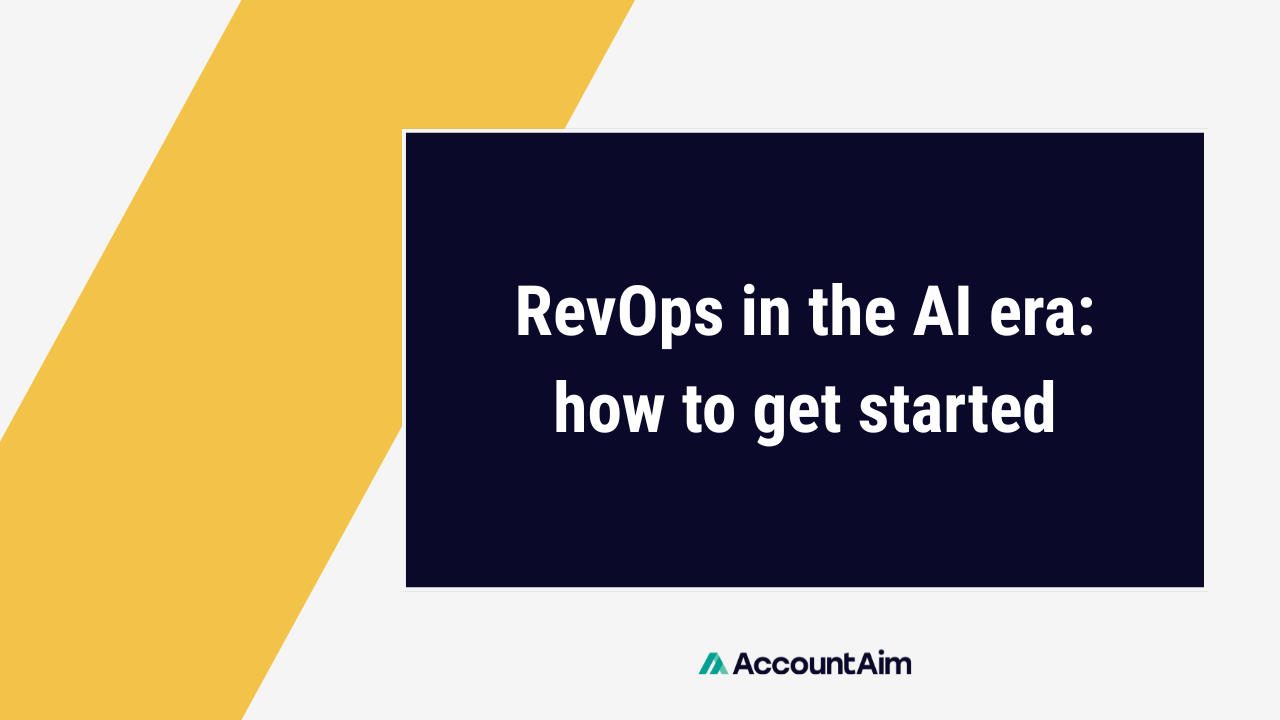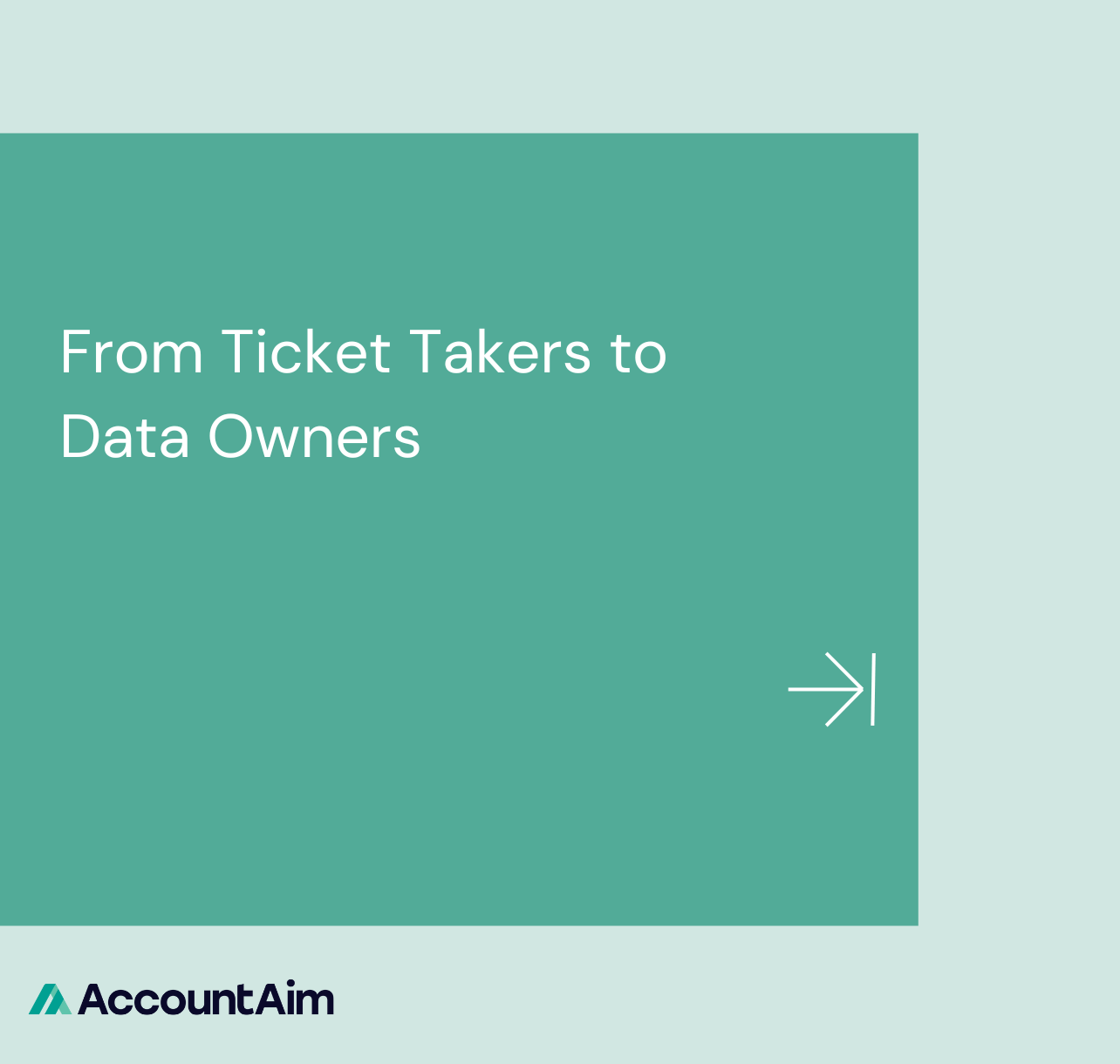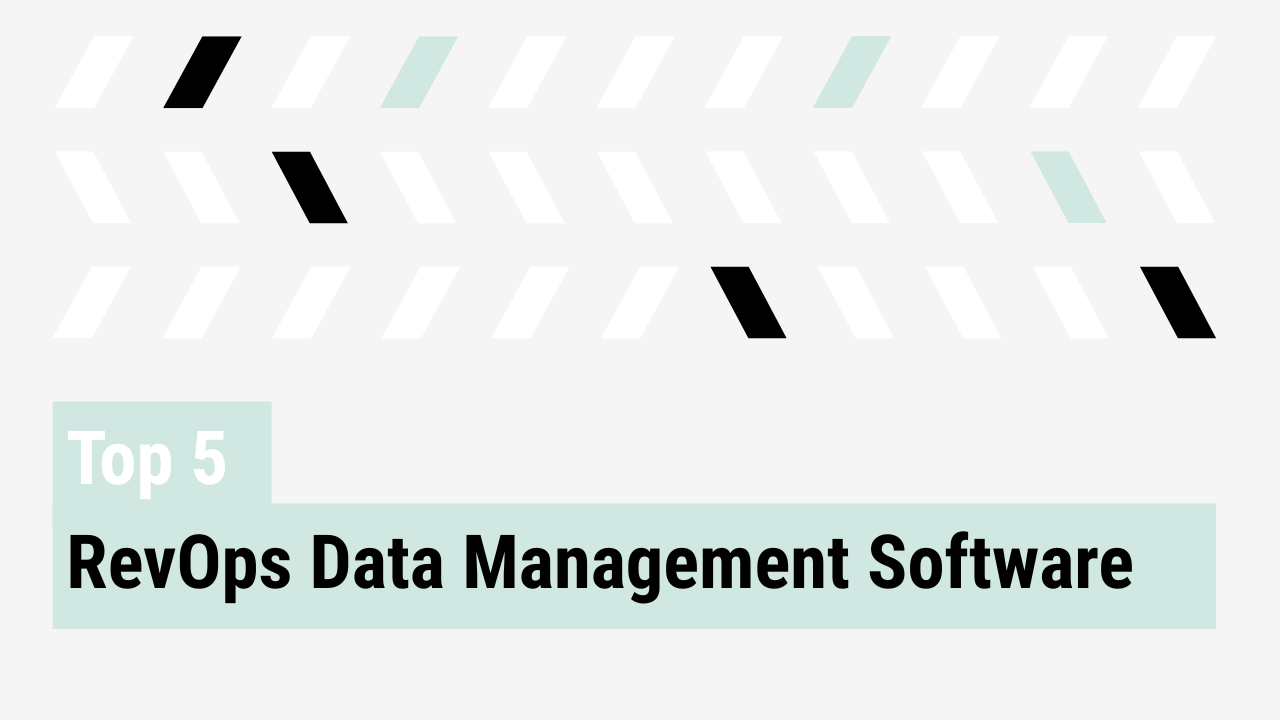AI is everywhere in GTM right now, and most of it is noise. RevOps leaders have plenty of “smart” widgets to choose from. What they need are grounded, strategic ways to build leverage across the customer journey.
A well-defined customer journey gives structure to how you engage accounts, where you apply automation, and when human input is essential. It’s the foundation for scalable, effective growth. Without it, you risk delivering inconsistent experiences, misaligned messaging, and inefficient resource allocation. In an AI-driven world, a strong customer journey helps ensure that technology amplifies value rather than confusion.
That’s the shift RevOps teams need to make to harness AI effectively; because when AI is applied correctly, it strengthens the customer journey.
Start with goals, not tools
The first step in adopting AI is defining what you’re trying to achieve at every stage of the customer journey. That means getting clear on:
- How many accounts should we be touching?
- What types of accounts are most important?
- How often should those accounts be engaged?
- What message should we be delivering?
- When should a human get involved, and when can automation take over?
These questions help anchor your RevOps motion to tangible outcomes. Once those goals are clear, you can map the right processes, metrics, and systems to support them. Only then does it make sense to consider automation.
Get your data AI-ready
Poor inputs kill good automation. Before layering on intelligence, make sure your data is clean, consistent, and centralized.
As Lonny Sternberg, VP of RevOps at Veriforce, said:
“To be AI ready, you need repeatable, scalable, and sustainable processes. Of course, you can minimize some tasks and you can remove some things, but you want to get the AI to perform at its best. The more information that you provide consistently and accurately, the more likely you’re going to be a winner in this space.”
You don’t need a full data team. But you do need a single source of truth that aligns sales, marketing, and customer success around the same numbers.
Here are some steps to build AI readiness for RevOps:
- Centralize and structure your data: Consolidate GTM data into one platform and ensure consistent formatting.
- Clean and validate: Deduplicate, enrich, and verify your records regularly.
- Add metadata and track lineage: Tag data with context and document how it flows through systems.
- Apply governance: Enforce standards for accuracy and access. Automate checks where possible.
- Start small: Pilot AI with a focused use case (like lead scoring), validate results, and expand from there.
These steps ensure your data is engineered for AI to support your GTM motion intelligently and reliably.
Build in review and iteration
AI is only as good as the feedback loop around it.
Set up sprint cycles to prioritize and review RevOps initiatives every two weeks, just like product teams. Use a shared board (like Asana or Jira) to publish what’s in scope so stakeholders stay aligned. Collect rep feedback systematically: use forms or dedicated Slack channels to gather qualitative insights on lead scoring, outreach sequences, and workflows. For quantitative feedback, monitor GTM KPIs like account engagement, conversion rates, and speed-to-lead. Compare these metrics to your goals and adjust accordingly. Make decisions based on what’s actually working.
That’s how achieve AI readiness for RevOps.
Pilot before you commit
Most AI tools will show well in a demo. The real test is how they operate inside your data, with your workflows.
- Design short, live pilots that reflect your actual workflows and data complexity.
- Define a consistent evaluation framework before starting: outline key criteria like time-to-value, integration effort, data flexibility, user adoption, and support quality.
- Assign weighted scores to each area and document structured feedback during the pilot.
- Involve end users (SDRs, AEs, CSMs) to capture real-world friction points and usability insights.
- Use a side-by-side comparison grid to visualize trade-offs and objectively compare performance.
Once the data is in, bring stakeholders together to review results and align on a decision. Prioritize tools that not only meet your requirements but demonstrate measurable value during the pilot.
A thoughtful, deliberate selection process helps avoid costly tool churn and ensures buy-in from your broader GTM team.
AI readiness for RevOps
This is all about building a solid data foundation that sets RevOps leaders up for long-term strategic success.
With clear goals, sound data, tight feedback loops, and a strategic lens, you’ll make smarter tooling decisions, avoid costly missteps, and create leverage that lasts.
That’s how strategic RevOps leadership shows up in the AI era.
Go Deeper
If you enjoyed this article, check out our full conversation with Lonny on YouTube or Spotify and read our other blog post about building a foundation to get the most out of AI tools.



